
ID card — if you have one, you're all set!Not sure?
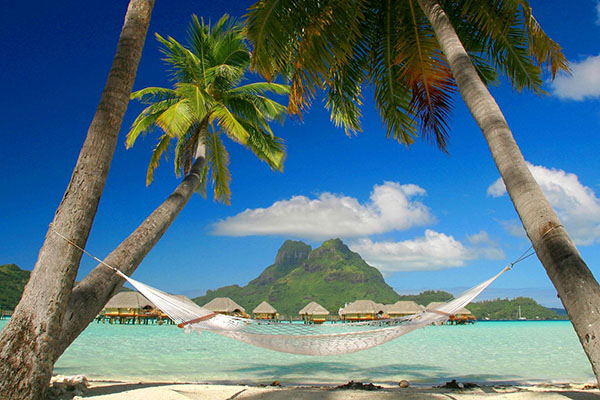
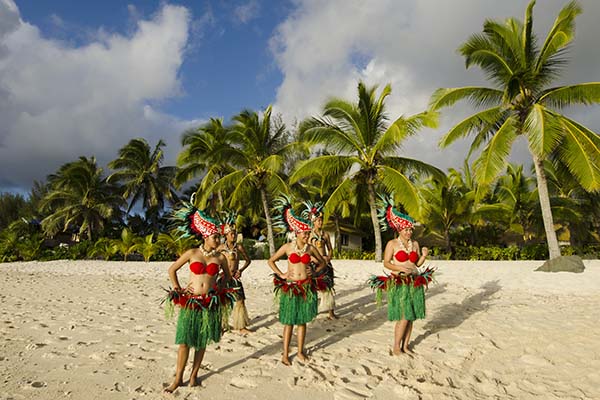
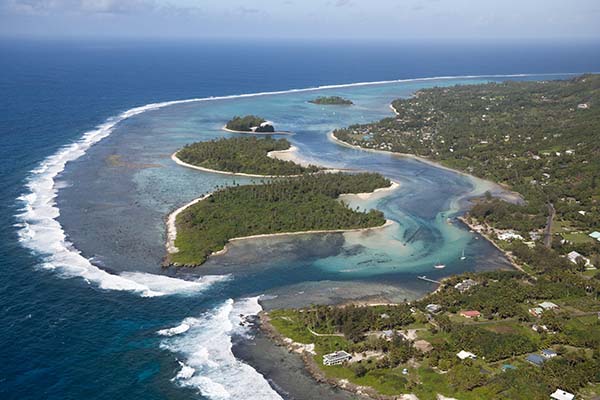
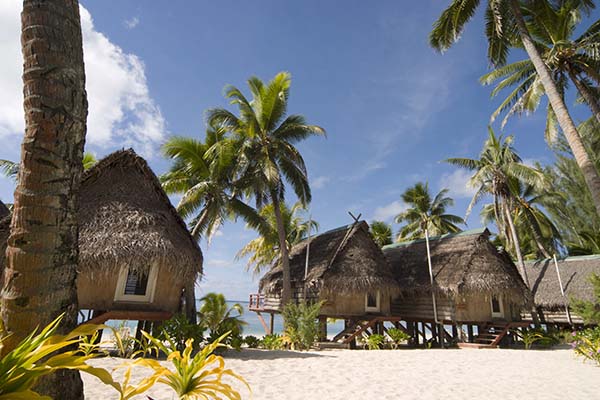
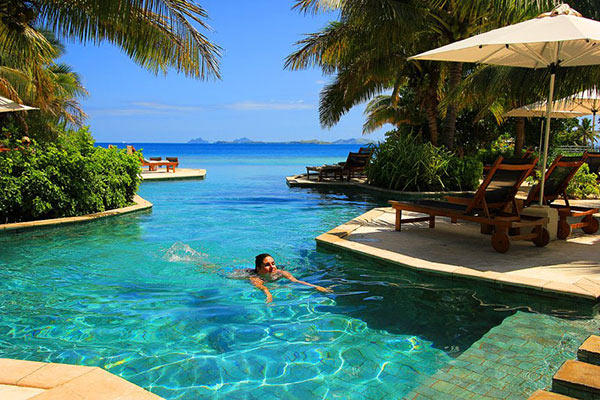
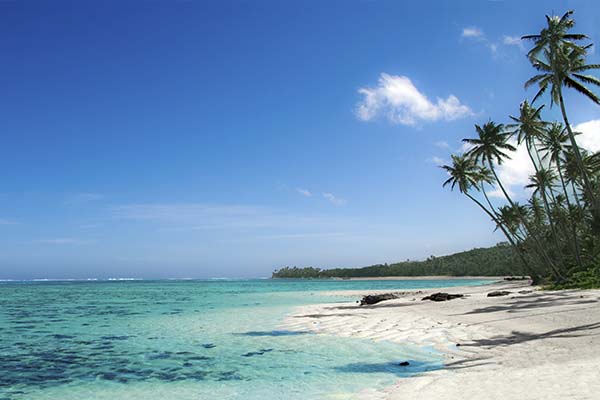
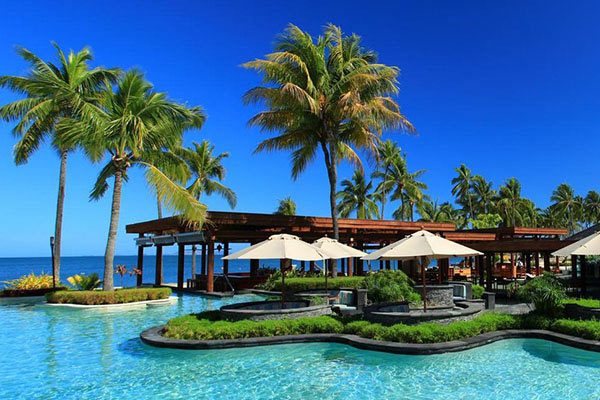
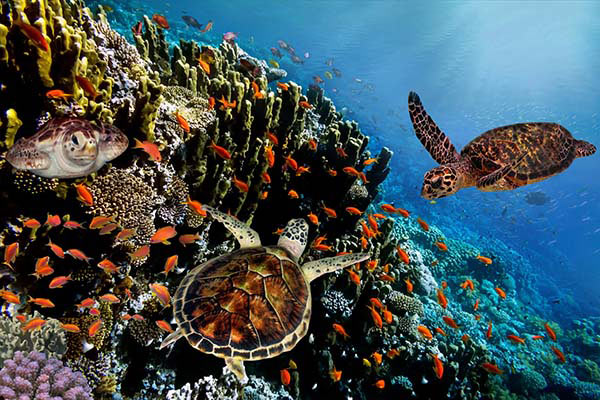
The South Pacific islands are everything you want in a tropical paradise in the middle of the ocean. From Fiji to the Cook’s to Niue, you can hand feed sea turtles, sail on a lagoon, and explore hidden water caves. Although each island has its own delights, you may be surprised to find French cuisine and culture mixed in with traditional Polynesian customs across many. With so much delicious food, stunning beaches, lush rainforests, and sizzling volcanoes, it’s no wonder that this enchanted area has an allure like none other. Dive with the dolphins in Tonga, swim in the famous Blue Lagoon, or take a helicopter ride over Efate’s waterfalls. Whatever you may find in the South Pacific, odds are that you’ll be seduced to returning again soon.
Most citizens from Western countries can visit most South Pacific countries for up to three months with a valid passport. You must also have a return ticket and proof of sufficient funds. Depending upon the arrival port, you may also receive a required visa or tourist permit. Visa requirements may change, so we recommend you check with the U.S. embassy or consulate of the country you plan to visit. Your travel expert can also help guide you in the contact information and paperwork you’ll need.
Most South Pacific islands are warm and humid all year long, with uniform rainfall and temperature. June to August is the most dry, with December and January more wet and humid. It’s hottest in low season, which runs February to April and October to November. Depending upon the island and season, temperatures generally range between 60F to 80F throughout the year.
There are a number of different currencies in the South Pacific islands, so it’s best to bring and use your debit and credit cards. Many restaurants and hotels will accept them, although you’ll also want to use the ATM machines found at main centers and airports. It’s best to carry some of the local currency cash along with your cards and traveler’s checks, in case they don’t take cards at whatever island establishment you’re visiting.
If you want phone or internet data while in the islands, it’s recommended you bring a portable phone or other wifi device. Many hotels and restaurants will have wifi, but be warned they can be slow and unpredictable. You may also find a Vodafone outlet once you get to the island, and they can get you a local phone number and data plan with a SIM. There’s also phone options with Skype to make phone calls over your wifi connection, but it’s best that you get the Skype phone number arranged in advance.
Most of the travel around the South Pacific is done by air. There are some inter-island ferries, and local boats to outer islands for shorter trips. Getting around on an island is easiest by bus service. Rental cars aren’t really recommended, but they are available on some islands. Note that some islands driving is done on the right, and others on the left, so make sure to get educated on the local road rules. Bicycles are also another great alternative for flatter, more finished roads. Tropical rainstorms and muddy roads can be an issue, so it’s best if you’re experienced in trail riding if you choose this mode of transport.
